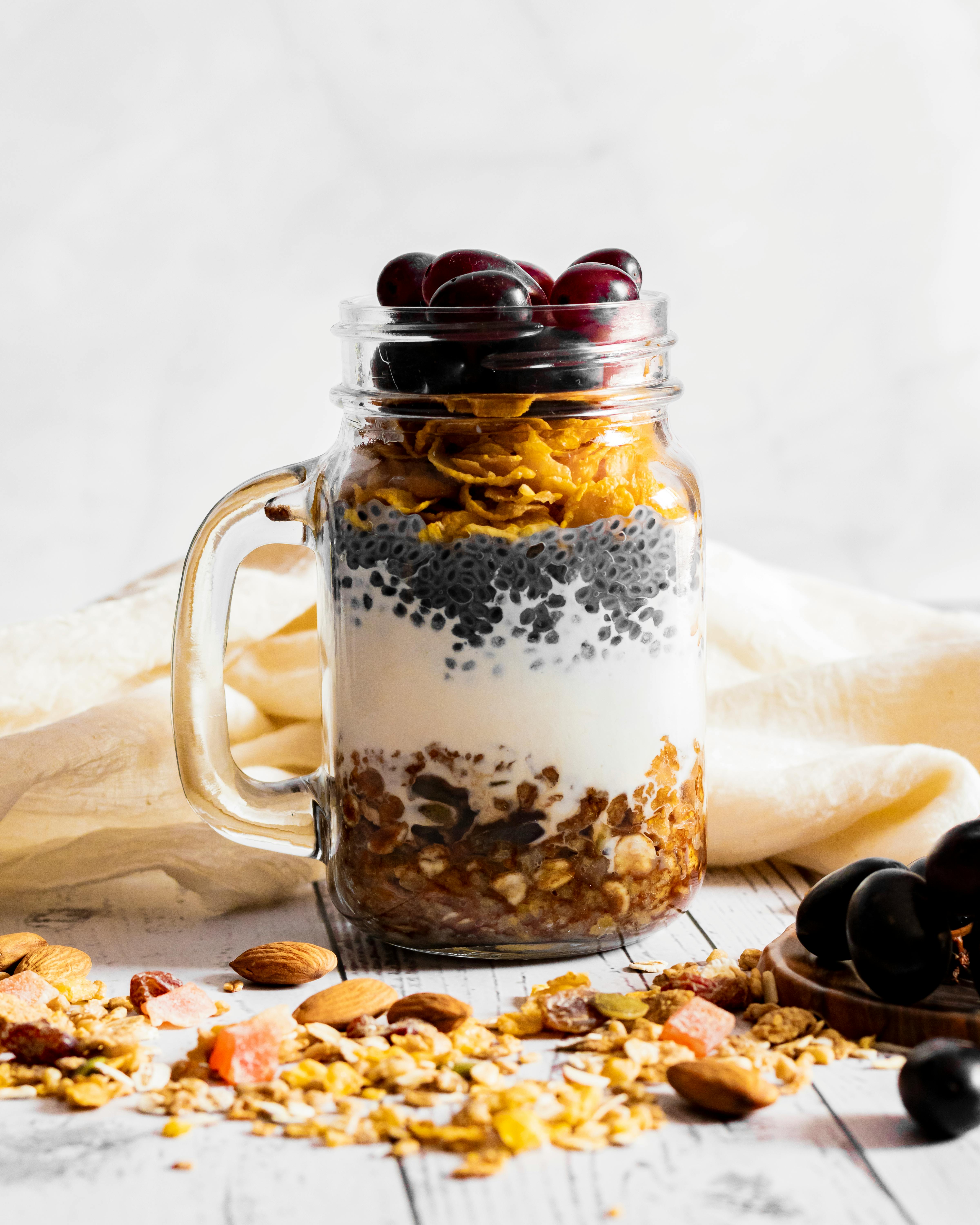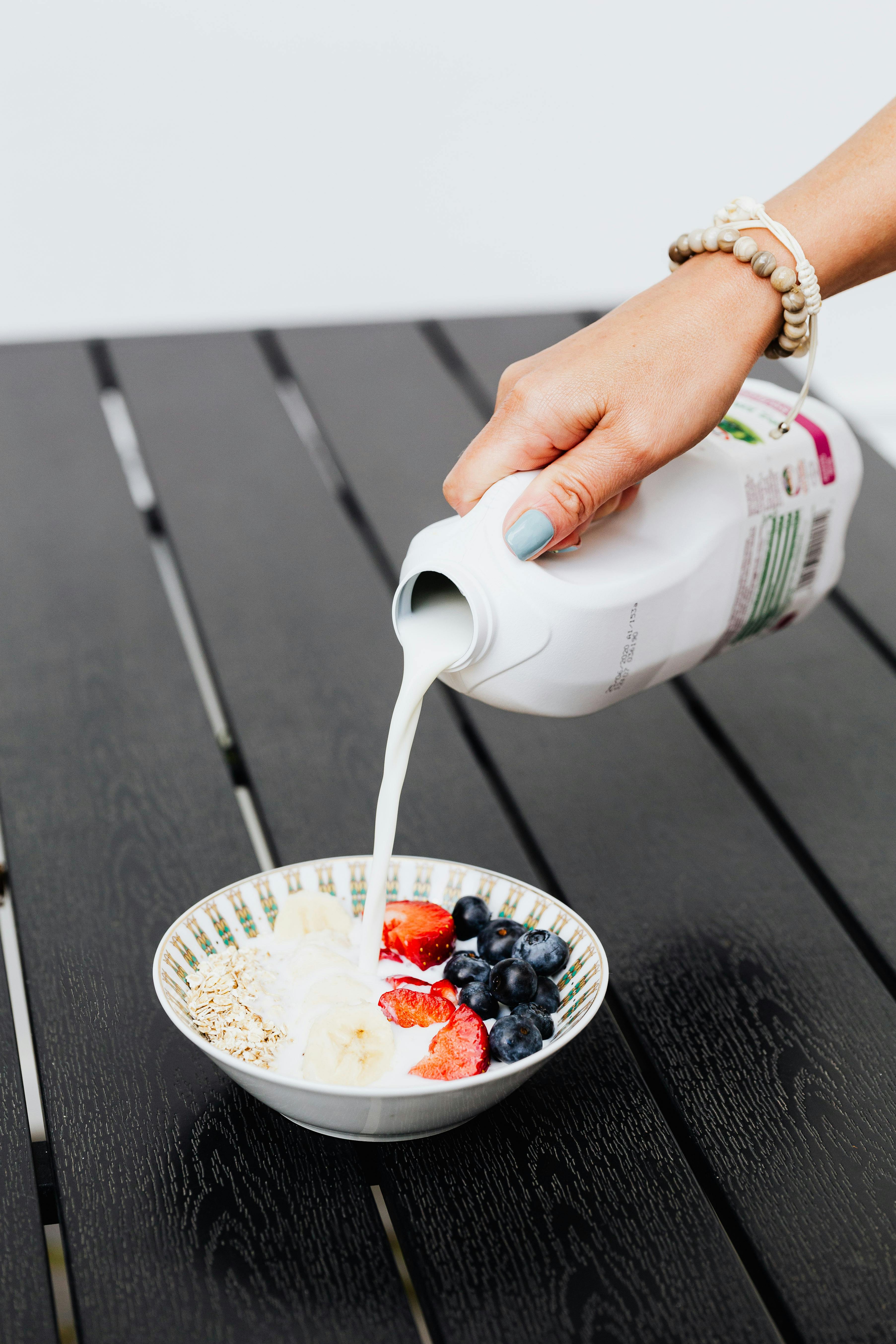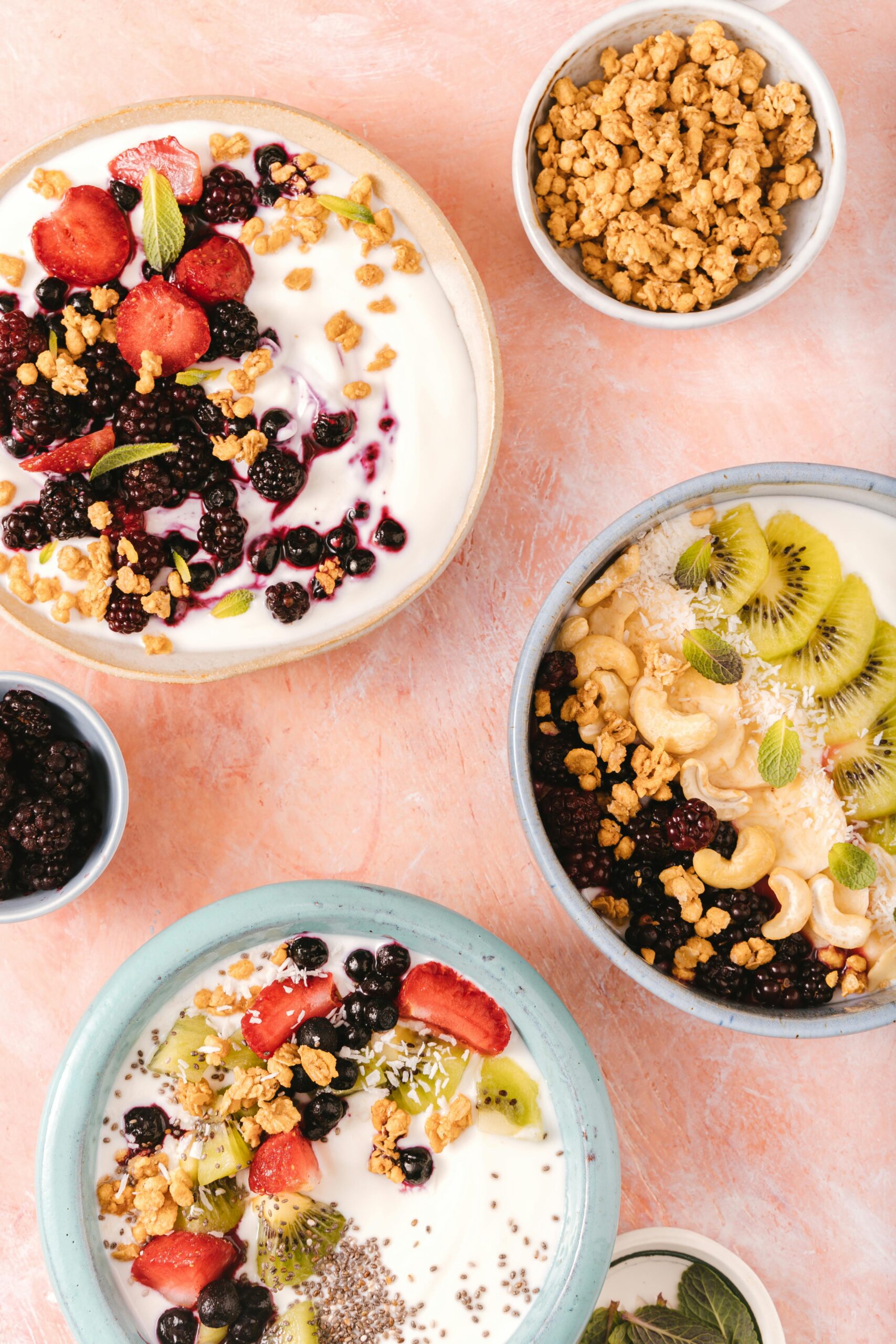Healthy Smoothies Without Milk or Yogurt – A Refreshing Alternative
Looking for a refreshing and healthy drink option that doesn’t involve milk or yogurt? Healthy smoothies without milk or yogurt can be a great way to fuel your body with nutrients while maintaining a dairy-free lifestyle. Whether you’re lactose intolerant, vegan, or simply looking to reduce dairy intake, this article will guide you through the benefits, ingredients, and how to make delicious, dairy-free smoothies.

Understanding the Fundamentals
To make the perfect healthy smoothie without milk or yogurt, it’s important to understand the core principles of smoothie-making. A smoothie is a blend of fruits, vegetables, and other ingredients, often served as a meal replacement or a nutritious snack. The absence of dairy products doesn’t mean you have to compromise on flavor or nutrition. Instead, you can explore various plant-based alternatives that provide the creamy texture and rich flavor that you might miss from dairy.
Making dairy-free smoothies is not just about replacing milk and yogurt with plant-based options; it’s about understanding how to balance flavors, textures, and nutrients. This approach allows you to get creative with your ingredients while staying healthy and energized throughout the day.
1.1 Plant-Based Alternatives for Dairy
When substituting dairy products like milk or yogurt, there are several plant-based options to consider. Coconut milk, almond milk, and oat milk are popular choices for adding a creamy texture to your smoothie. For a thicker consistency, try using frozen fruits such as bananas, avocados, or even cauliflower.
Recent studies have shown that plant-based milks can offer various health benefits, including improved heart health and lower cholesterol levels. They also provide a range of vitamins and minerals that support overall well-being.
1.2 Nutrient-Rich Ingredients for a Balanced Smoothie
The key to making a healthy smoothie is balancing the nutritional content of your ingredients. Fruits like berries, mangoes, and pineapples provide a boost of vitamins and antioxidants, while leafy greens such as spinach and kale add fiber and essential nutrients.
Superfoods like chia seeds, flaxseeds, and spirulina can also be incorporated into your smoothies to add an extra punch of nutrition. These ingredients not only improve the flavor but also offer additional health benefits, such as increased energy and improved digestion.
Practical Implementation Guide
Now that we understand the fundamentals of healthy smoothies without milk or yogurt, let’s dive into how to practically implement these concepts and create your own delicious and nutritious beverages.

2.1 Actionable Steps
- Step 1: Choose your base liquid – options include almond milk, coconut water, or simply water for a lighter smoothie.
- Step 2: Pick your main fruit – bananas, berries, and mangoes are great choices. You can also add leafy greens for an extra health boost.
- Step 3: Add superfoods or boosters – chia seeds, flaxseeds, protein powders, or spirulina will elevate the nutritional profile.
- Step 4: Blend until smooth – if your smoothie is too thick, you can add more liquid to reach the desired consistency.
2.2 Overcoming Challenges
While making smoothies without milk or yogurt is straightforward, there are a few common challenges you may face:
- Texture Issues: If your smoothie turns out too watery or too thick, adjust the consistency by adding more frozen fruits or extra liquid.
- Flavor Balance: Sometimes, the flavor might be too bland or too sweet. Try balancing the fruits with a splash of lemon or lime juice for added zing.
- Sweetness: Natural sweeteners like honey, maple syrup, or dates can be used to sweeten your smoothie, but be mindful of how much you add.
With these simple adjustments, you’ll be able to perfect your dairy-free smoothies and enjoy them without any hassle.
Advanced Applications
Once you’ve mastered the basics, there are several advanced techniques and ingredients you can explore to take your smoothies to the next level. These methods can provide additional health benefits, enhance flavors, and give you a wider variety of smoothie options to choose from.

3.1 Green Smoothie Power
Green smoothies are packed with nutrients and are a great way to incorporate more vegetables into your diet. You can combine spinach, kale, or Swiss chard with fruits like apples, pears, and grapes for a nutrient-dense drink.
For an added boost, try including adaptogens like ashwagandha or maca powder. These superfoods are known for their stress-reducing properties and can help improve your energy levels and mental clarity.
3.2 Nut Butter & Seeds Additions
Adding nut butter, such as almond butter or peanut butter, to your smoothie can enhance both the flavor and the protein content. Seeds like chia, flax, or pumpkin seeds are excellent sources of healthy fats and fiber that support digestion and overall health.
These additions make your smoothies more filling, which is perfect if you’re using them as a meal replacement or pre-workout fuel.
Future Outlook
The future of healthy smoothies without milk or yogurt looks promising, as more people shift toward plant-based diets and explore new alternatives to dairy. In the coming years, we can expect a wider variety of plant-based milk options and an increase in research on the health benefits of dairy-free diets.
As awareness of the environmental impact of dairy production grows, more individuals are choosing plant-based smoothies as a way to contribute to sustainability. By embracing dairy-free options, you’ll not only support your health but also reduce your ecological footprint.
Conclusion
Healthy smoothies without milk or yogurt are an excellent way to nourish your body with essential nutrients while enjoying delicious flavors. By understanding the basics of smoothie-making and experimenting with different ingredients, you can create a variety of nutrient-packed, dairy-free drinks that suit your tastes and dietary needs.
Ready to start your smoothie journey? Gather your favorite fruits, vegetables, and superfoods, and get blending! Remember, the possibilities are endless, and the health benefits are worth the effort.
Frequently Asked Questions
- Q: What are the best plant-based milks for smoothies? Almond milk, oat milk, and coconut milk are all excellent choices for smoothies. They provide a creamy texture and subtle flavor without dairy.
- Q: Can I make a smoothie without using any sweeteners? Absolutely! Use naturally sweet fruits like bananas, mangoes, and berries to add sweetness to your smoothies.
- Q: How long do dairy-free smoothies last? Dairy-free smoothies can last up to 24-48 hours when stored in an airtight container in the fridge, but they’re best enjoyed fresh.
- Q: Are dairy-free smoothies good for weight loss? Yes, when made with the right ingredients, dairy-free smoothies can be an excellent option for weight management, especially when incorporating nutrient-dense ingredients like leafy greens, berries, and protein powders.
- Q: Can I add protein to my dairy-free smoothie? Yes, plant-based protein powders like pea protein, hemp protein, or brown rice protein are great additions to boost the protein content of your smoothie.
- Q: Are dairy-free smoothies suitable for kids? Yes! Dairy-free smoothies are an excellent way to get kids to consume more fruits and vegetables while avoiding dairy allergens.
- Q: Can I freeze dairy-free smoothies for later use? Yes, you can freeze your smoothies in portion-sized containers for quick and easy access later on. Just blend and freeze in advance.
